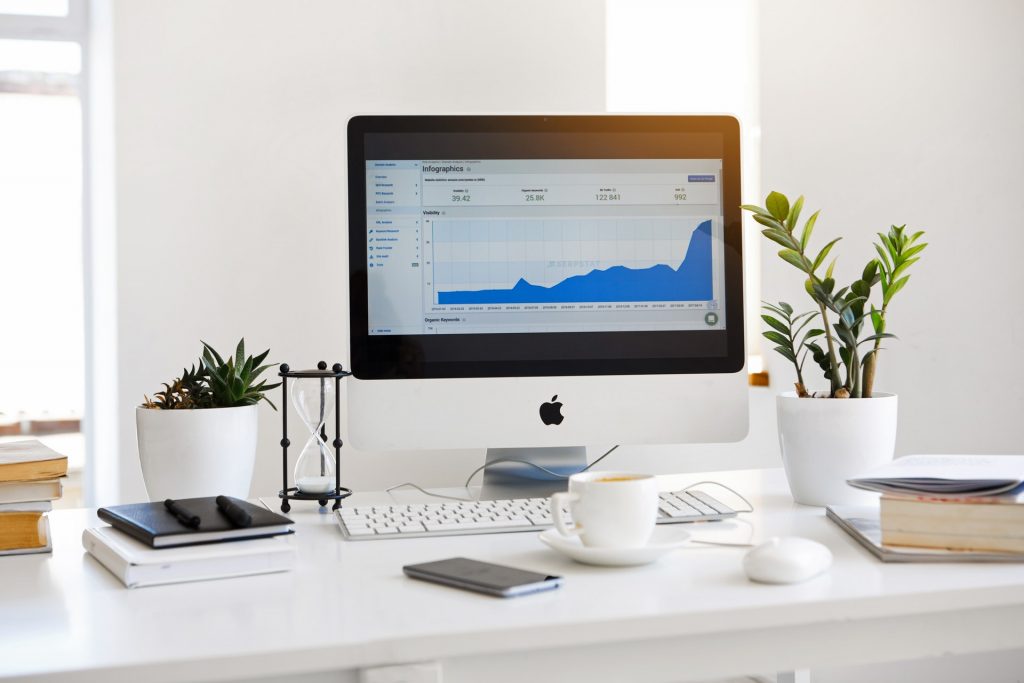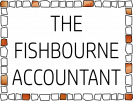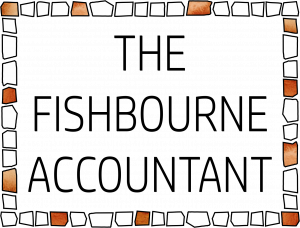What goes where? Are you allocating monies in the right way? We have a quick look in this blog post regarding technical accounting.

Since MTD many businesses will now have signed up to on the cloud bookkeeping packages. Those that in the past relied on only listing their bank transactions may be finding this challenging to understand.
TIP: Some Examples of cloud accounting software are Quickbooks and Sage.
It is a common misunderstanding that the transactions in the bank, actual money transactions, are the driver of the profit and loss account income and cost balances.
There is a cash accounting scheme that does just that. But this method can only be used by non-limited businesses with a turnover of less than £150,000. It should be noted that there can be disadvantages in using this method.
Accruals Method
Any organisation that wants to monitor it’s sales and costs accurately will use the ‘accruals’ method. This is where invoices receipts and other similar documents are used to record either sales, costs of sales or expenses/overheads. Paid or not, these will relate to the period in question. The date of the transaction is the date of the document and not the date of the payment.
Therefore it is simple to answer the question ‘are you allocating monies in the right way’. Inflows to the bank will be largely from customers who owe money. Outflows will largely be to pay suppliers of goods and materials and wages depending on the kind of business.
Example
How do I record the various sales and costs of a business is what the question is trying to ask. I have indicated earlier this varies from business type to business type. However, taking a typical VAT registered distributer of say homewares. The business would receive many supplier invoices for stock. They would need to record all of their customer invoices for selling the stock on to outlets to be sold to the public as well. Customer invoices are recorded as sales and VAT owed. Supplier invoices are recorded as purchases and VAT reclaimable. These are the entries for the core transactions of the business.
Let’s take a business such as the one described above. They would need to buy equipment and possibly motor vehicles. This is where an appreciation of the difference between capital items and revenue items comes in. Motor vehicles last a number of years so only a proportion of the cost will be charged to the profit and loss account to decrease profit and this is known as depreciation. The main outlay will be in the Motor Vehicles account, this will appear on the balance sheet of a company’s accounts. The Balance Sheet is for displaying the assets and liablities of a company on a given day. Whereas, the profit and loss account is for showing the profit of a given period. This is the starting point for calculating annual tax liablilities.
We hope this helps you start understand the mechanics of your bookkeeping system and will take the next step towards going digital! View our guide ‘Do I need to file a VAT return‘ to learn about Making Tax Digital (MTD).

